The pandemic has changed the way we travel, and the type of accommodation we want. Tourists flocking to Italy for the summer holidays are now looking at alternative places to stay, according to recent surveys, that transcend the concept of traditional hotel and allow them to fully savour the local vibe and lifestyle.
The change in preferences is also linked to greater environmental awareness. People are picking more sustainable, small-scale, low-impact and energy-saving accommodation options, as suggested by the recent ‘Future Travel Behaviours’ survey by the EY observatory: the study found 74 percent of travellers are planning eco-conscious holidays in ‘green’, Covid-safe resorts.
OPINION: Mass tourism is back in Italy – but the way we travel is changing
Among these options are Italy’s so-called alberghi diffusi (scattered or ‘diffuse’ hotels) which I believe are the safest in guaranteeing pandemic social distancing and fewer crowds – still top concerns for many travellers.
This type of accommodation is not concentrated in one single building but scattered across a whole medieval village, often remote, sleepy and depopulating. The rooms are in former barns, stables, farmer or shepherds’ homes, elegantly renovated with their authenticity preserved. The reception is often in an old pigsty or little chapel at the entrance to the village.
Here, you’ll avoid the risk of bumping into other guests and get to meet locals and savor the small-scale village buzz. The only drawbacks are that you’ll be walking a lot from one cottage to another for your spa or evening drinks, while to get to the breakfast room in the morning, prepare to walk around in your pyjamas and flip flops!
That’s what I did when I visited Borgo di Sempronio, an albergo diffuso in the secluded Tuscan village of Semproniano in the Maremma area, where wild boars crossing streets are a common sight. A maze of winding steps connect the reddish stone dwellings, which feature ceiling-high chimneys and modern facilities.
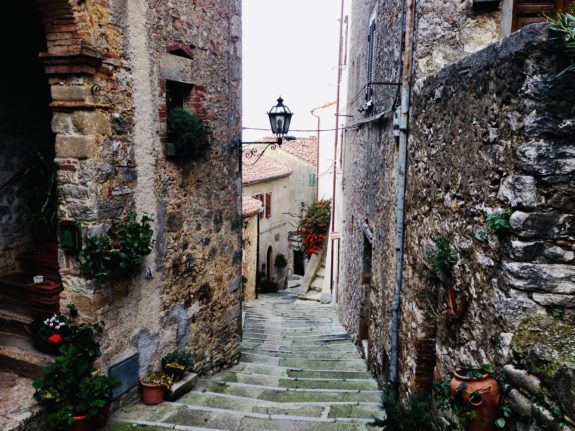
At breakfast, owner Fulvio treated me to fresh, still-warm ricotta cheese straight from the shepherd and tasty seasoned hams. We dined at the main village restaurant, eating fettuccelle in a wild boar sauce, because the philosophy of the albergo diffuso is to experience the places where locals hang out. They offer the opportunity to live the village life and discover hidden spots, admiring the views each time you leave your doorstep. They’re a real throwback to the old rural days.
READ ALSO: Is Italy’s west or east coast the best place for a holiday?
Tour operators I spoke to say current bookings at these ‘scattered resorts’ are 40 percent higher than in pre-pandemic times. The main reason alberghi diffusi are taking off as an ‘alternative’ form of accommodation is that they offer greater flexibility and freedom in holiday schedules, allowing to also keep working remotely.
Following the pandemic, many travellers still don’t want to go back to small confined spaces like hotel rooms with elevators; they long for outdoor space in a place that feels like home.
Cottages in the Sotto Le Stelle albergo diffuso in Picinisco, a village in the wild Ciociaria region south of Rome, come with private kitchens, dining and living rooms and terraces. When I visited, old village ladies knocked at my door in the morning bringing breakfast: home made jams and acacia honey on thin slices of pecorino sheeps’ cheese.
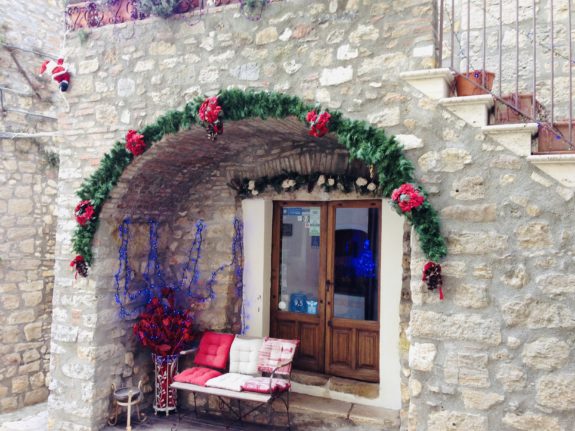
As traditional hotels become less popular, other types of accommodation people are increasingly opting for include so-called agriturismi: rural farm-resorts with animals, orchards, traditional taverns and a few rooms rented on a bed-and-breakfast basis, which were once food stores and barns.
READ ALSO: Ten ways to save money on your trip to Italy this summer
Usually family-run, they’re located in quiet areas outside of towns and villages. At agriturismi guests enjoy being surrounded by nature and eating locally prepared foods, or relaxing by the pool and doing outdoor activities like horse riding.

There are even more quirky options: you can book stays in medieval towers, old pirate lookout fortresses that come with a private dinghy, restored lighthouses, and sea-view bunkers with panoramic patios. All these offer a knowledge jolt, allowing guests to fully experience and learn about Italy’s architectural past.
And then there are caves turned into apartments, like on the islands of Ponza and Palmarola off Rome’s coast, where prehistoric people once lived. These whitewashed grottos feature layered stone terraces overlooking the sea. And the cave rooms are naturally cool during hot summer days, which cuts down on electricity costs.
I believe the quest for such alternative stays proves how the pandemic has boosted the desire to experiment with trips which were not the first option before, as people now long for greater exclusivity and privacy and more opportunities to interact with their surroundings.

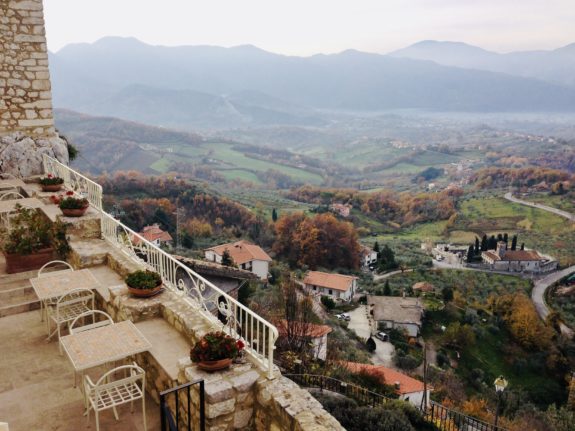

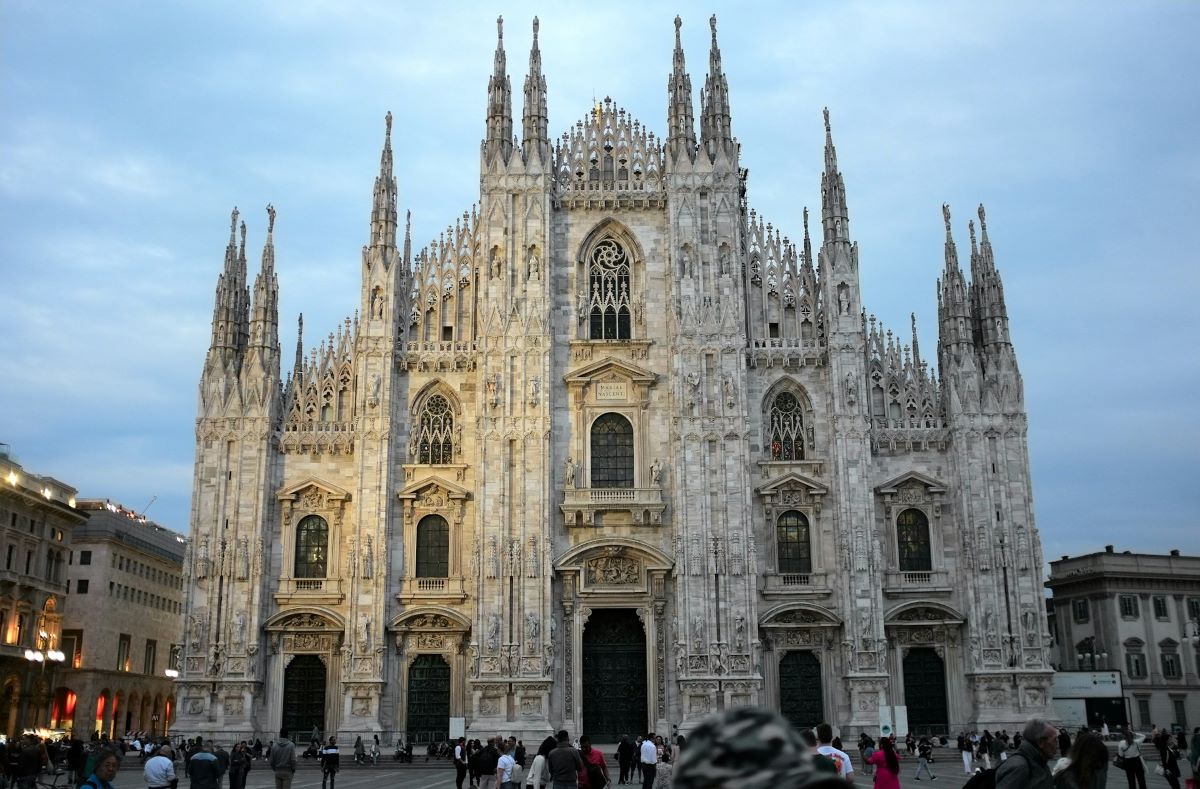
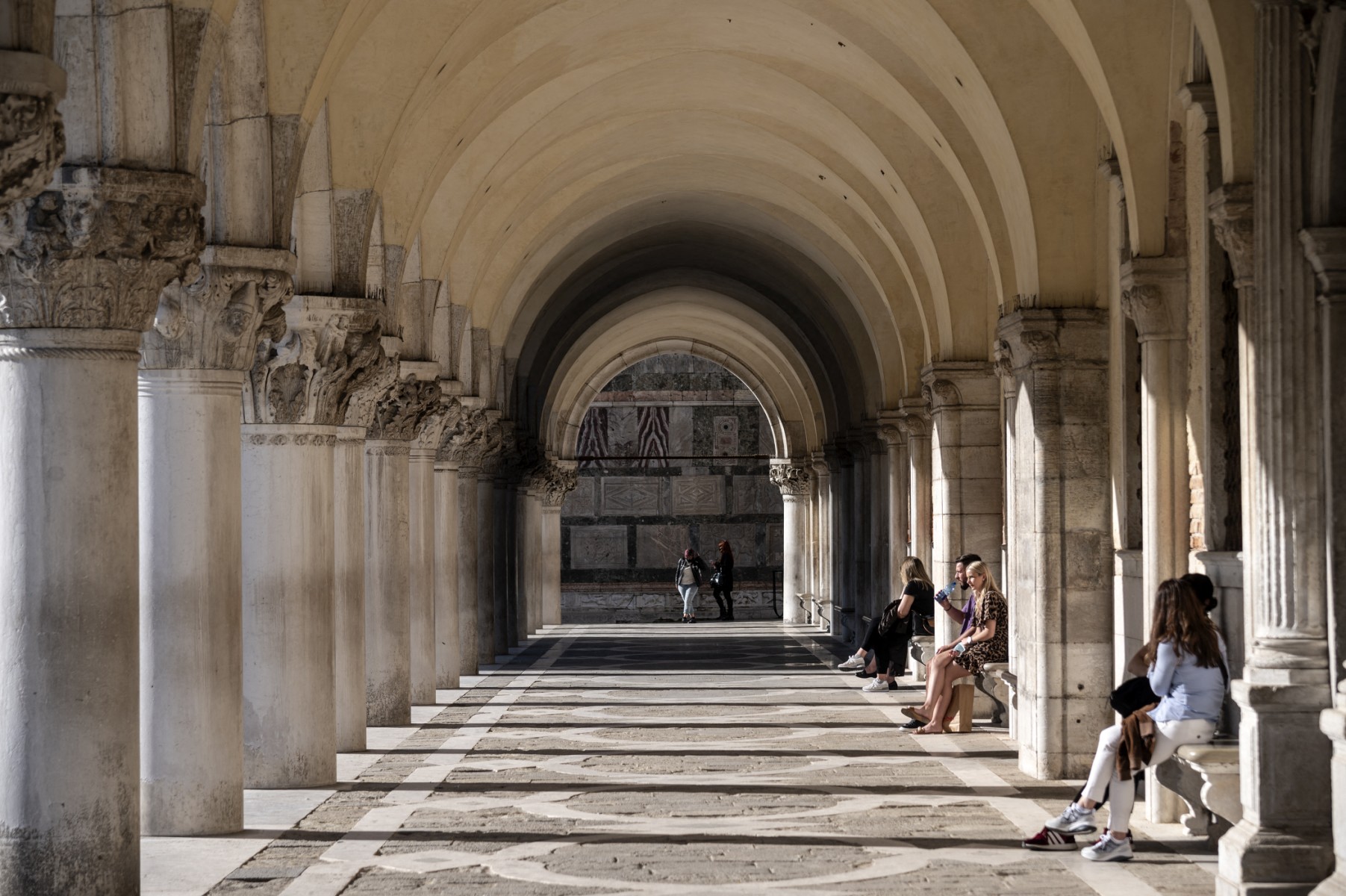
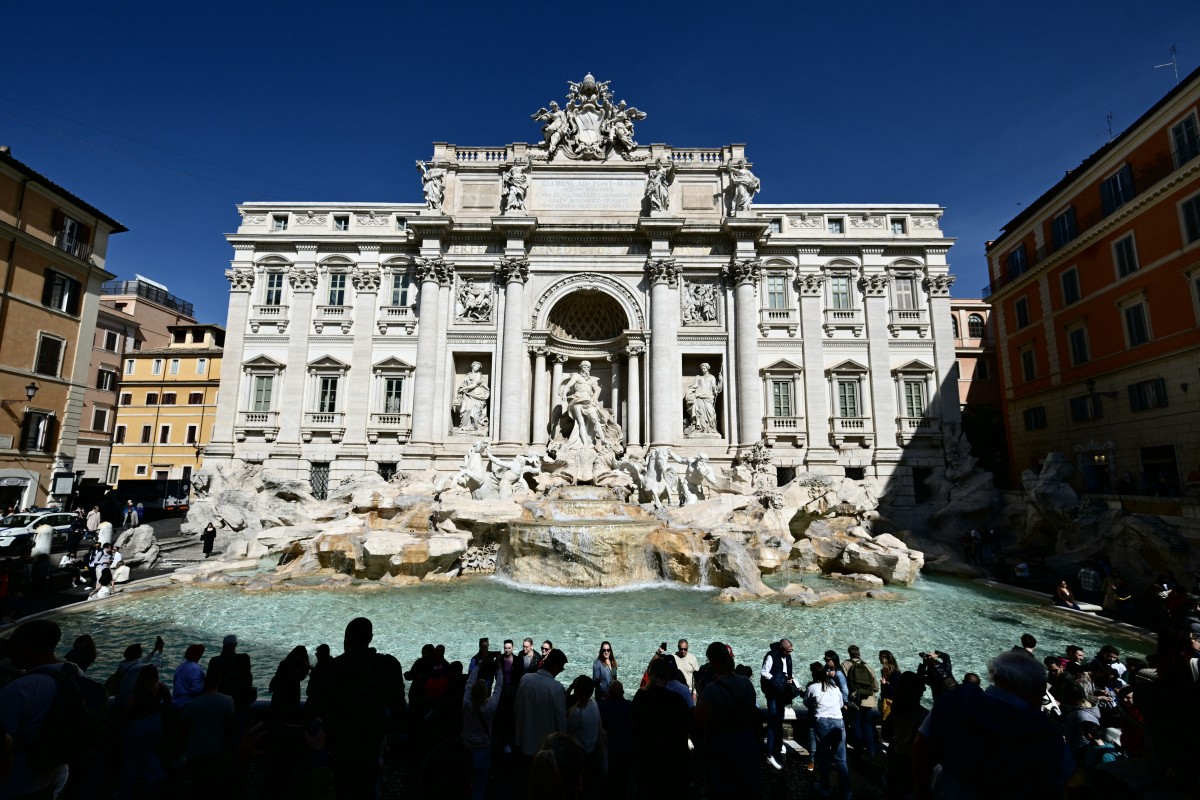
 Please whitelist us to continue reading.
Please whitelist us to continue reading.
alberghi diffusi sound charming. Can you suggest ways to find these? I google the term, but don’t come up with much information.
There is a website with an interactive map where you can locate these alberghi … Here is the link: https://www.alberghidiffusi.it/?lang=en
From other articles I’ve read about alberghi diffusi, they are pretty expensive, so not an option for many people.